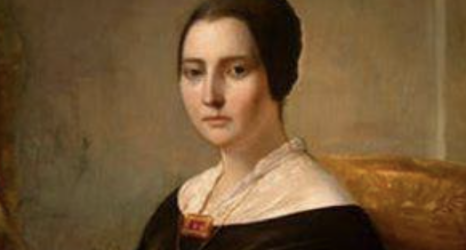March 28, 1931: The effort by the National Woman’s Party to fight increased discrimination against women in the workforce as the Depression deepens has gotten some help from a few of the nation’s governors.
Today’s development came in response to a recent salvo in the war on women workers: It was fired by the Cotton-Textile Institute, which last year urged all its mill executives to stop employing women for night work as of March 1, 1931. On that day, it was announced that 83 percent of the industry had complied. Telegrams were then sent by the NWP. to the governors of every state saying :
National Woman’s Party calls your attention to nationwide effort to throw women out of night work and otherwise handicap them by legislation or regulation restricting their conditions of labor but not those of their men competitors. We urge you to oppose every such effort in your own state. Women work because of necessity and should have equal opportunity with men to get and hold a job.
Several governors, including those of Florida, Virginia and New Mexico, have now pledged themselves to oppose any legislation based on sex rather than the nature of the work, but most are noncommittal. A typical response came from Governor Philip LaFollette of Wisconsin, who replied:
Thank you for your telegram of today. I appreciate your suggestions and assure you that they will have my careful consideration.
Laws and individual company practices restricting womens’ employment predate the current economic crisis, but have been on the increase recently as a way of trying to give more work to unemployed and underemployed men. In the case of Radice v. New York in 1924, the U.S. Supreme Court upheld the right of states to prohibit women working after certain hours. It ruled that it was constitutional to prohibit women from working in restaurants between 10 p.m. and 6 a.m. in large cities because the loss of a restful night’s sleep was more detrimental to women than men, due to women’s “more delicate organism.”
The National Woman’s Party has been fighting these kinds of restrictions for many years, and launched a major campaign to equalize New York’s labor laws on December 26, 1927. Though restrictive legislation is often called “protective,” a member of the Women’s Press Club disagreed with that description a year ago when testifying at hearings before N.Y. State Senate and Assembly committees on Labor and Industry. Ida Slack said:
We are being protected in this matter by the very same influences that ‘protected’ us against the suffrage, a college education and a place in the professions.
As jobs become more scarce, the “fire a woman/hire a man” philosophy is gaining support, and women’s rights advocates are fighting an uphill battle against those who discriminate against women in general and married women in particular. But as consumer activist Anna Kelton Wiley noted in September, when launching the NWP’s latest campaign for workplace equality, bias cannot be a real solution to the current crisis.
It is ridiculous to attempt to solve the unemployment problem by taking work away from one group and giving it to another, for that will not decrease the number of unemployed. The theory that women work for ‘pin money’ was long ago exploded. They work for the same reason men work, and that reason is economic necessity. Studies made in the United States reveal that as between single men and single women who are gainfully employed women contribute in larger proportion than men do to the support of dependent relatives.
Hopefully reason, equality and justice will prevail despite the trying economic challenges we face today and will have to endure for some time in the future.
Photo of Anna Kelton Wiley and children





